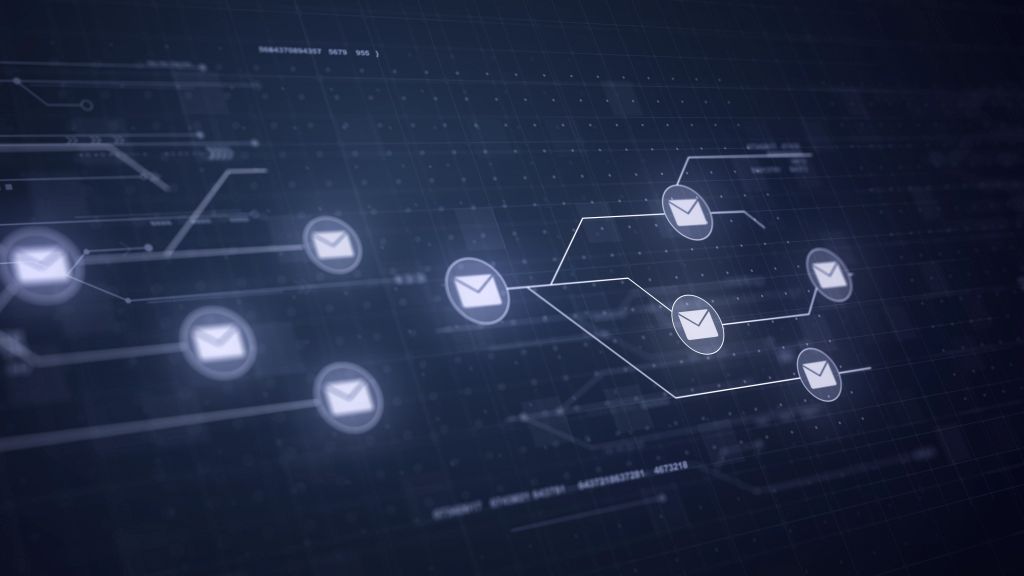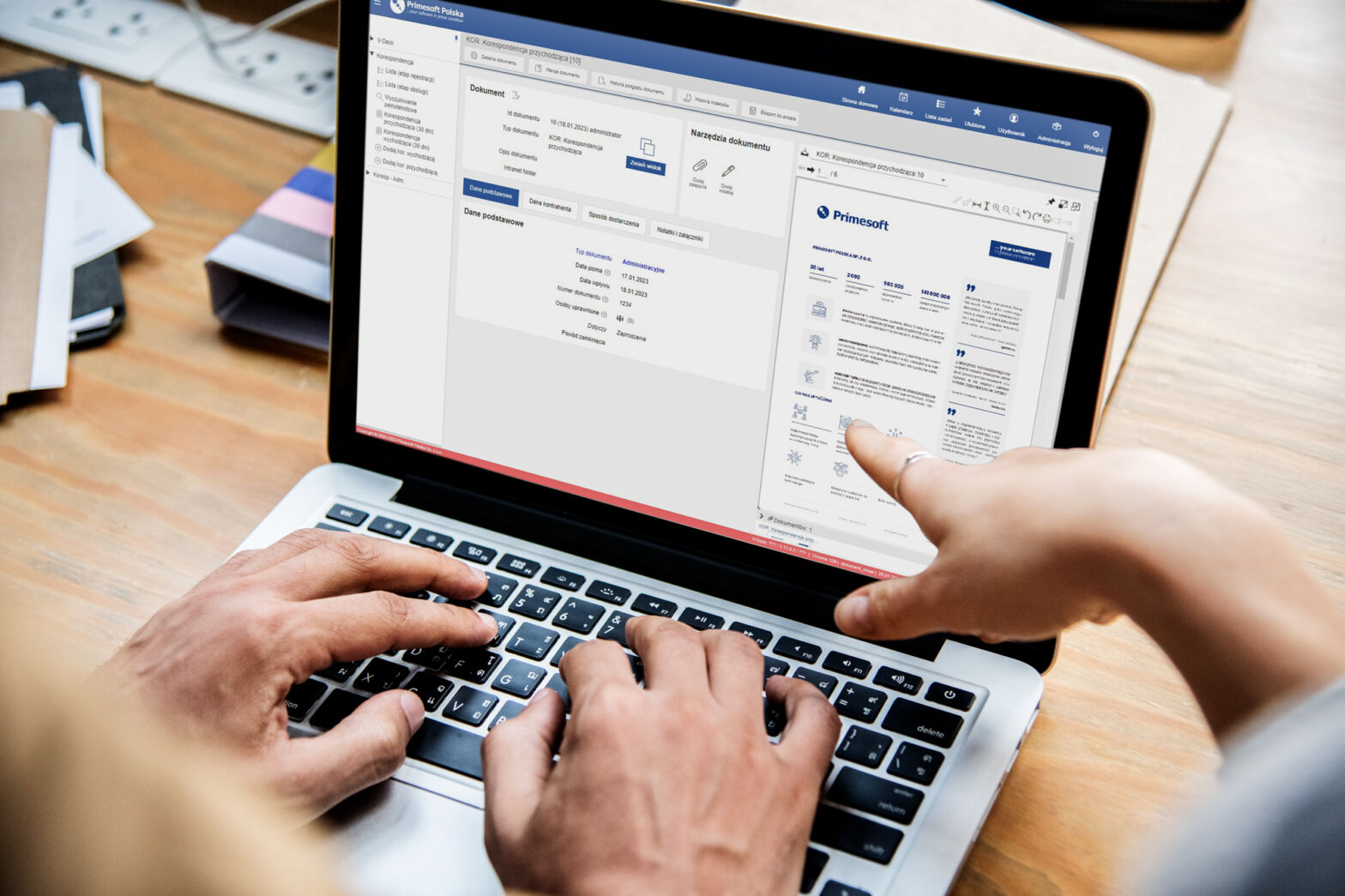We deal with office correspondence in every company or institution. It ranges from emails to purchase orders. It is very important that the different types of office correspondence are properly managed by the employees, minimising a lot of manual work, but maintaining high quality. Therefore, a good solution is to optimise the workflow of office correspondence. How to do it?


What makes an office correspondence?
Office correspondence – one of the definitions is – all kinds of documents that are related to the services provided by the company, i.e. various types of offers and invoices, as well as all internal documentation, including employment, e.g.: holiday requests, attendance records, employee history, etc.
Types of corresponence documents:
- Offers and quotas.
- Accounts payable documents, np.: invoices, business trips settlement.
- Employees documents, i.e.: work certificates.
- Correspondence with contractors nad suppliers, i.e.: purchase orders, claims, copmlaints or invoices.
- Events correspondence, i.e.: invitations, congratulation cards for contractors.
- Employee correspondence, i.e.: workshops or team meetings protocols.
Types of office mail
Incoming correspondence, which includes.: invoices from subcontracotrs, invitations to tenders, etc.
Outgoing correspondence – which includes: invoices to clients, agreements, reports, etc.
Internal correspondence – between the employees, units and departments, etc.
Additionally, correspondence in an office falls into such categories as: letters, notes, requests, protocols, reports, e-mails, etc.
What is an interanal correspondence?
This type of correspondence is represented by all the letters that are exchanged between the company’s employees, departments and units, both in official and unofficial form.

Who is responsibe for document management and office correspondence?
The company’s workflow is the responsibility of the management level, and is usually governed by internal procedures that define how documentation is handled throughout the cycle.
Along with the process, every company should follow the instruction document of the correct circulation of correspondence and offical letters within the company, and every employee should be familiar with it.

An expert will gladly answer your questions
How to optimize the process of office mail/correspondence managament?
Electronic document workflow is the process of how documents pass through various stages of work in digital form. As part of this process, documents are processed, transmitted, stored, verified and signed electronically, and passed on to subsequent stages or users in an automated manner. E-document processing aims to replace traditional paper-based and physical document processes, which are more time-consuming, costly and complex. Therefore, through electronic document processing, business processes can be accelerated, work efficiency can be increased and the risk of loss and unauthorised access to confidential information can be reduced.
Nowadays, there is no longer any need to follow the classic path of a company’s paper workflow. A much better solution is to introduce a system that makes it possible to transfer these activities electronically. The office correspondence workflow will then be much better optimised, which will benefit the company, the employees, as well as contractors, suppliers or subcontractors.
Our solutions support the process of optimising the circulation of documents and office correspondence. One of them is the electronic e-office system in the V-Desk System. As part of the solution from Primesoft, it is possible to digitise documents, scan, archive and carry out automatic registration.
e-correspondence module enables:
to safely store all the correspondence in a company
better access control to paper and e-documents
save time of those employees engaged into manual work of correspondence management
to generate reports based on gathered data
keep a full record of office correspondence
reduce the costs of separate record-keeping
manage office correspondence efficiently and transparently



